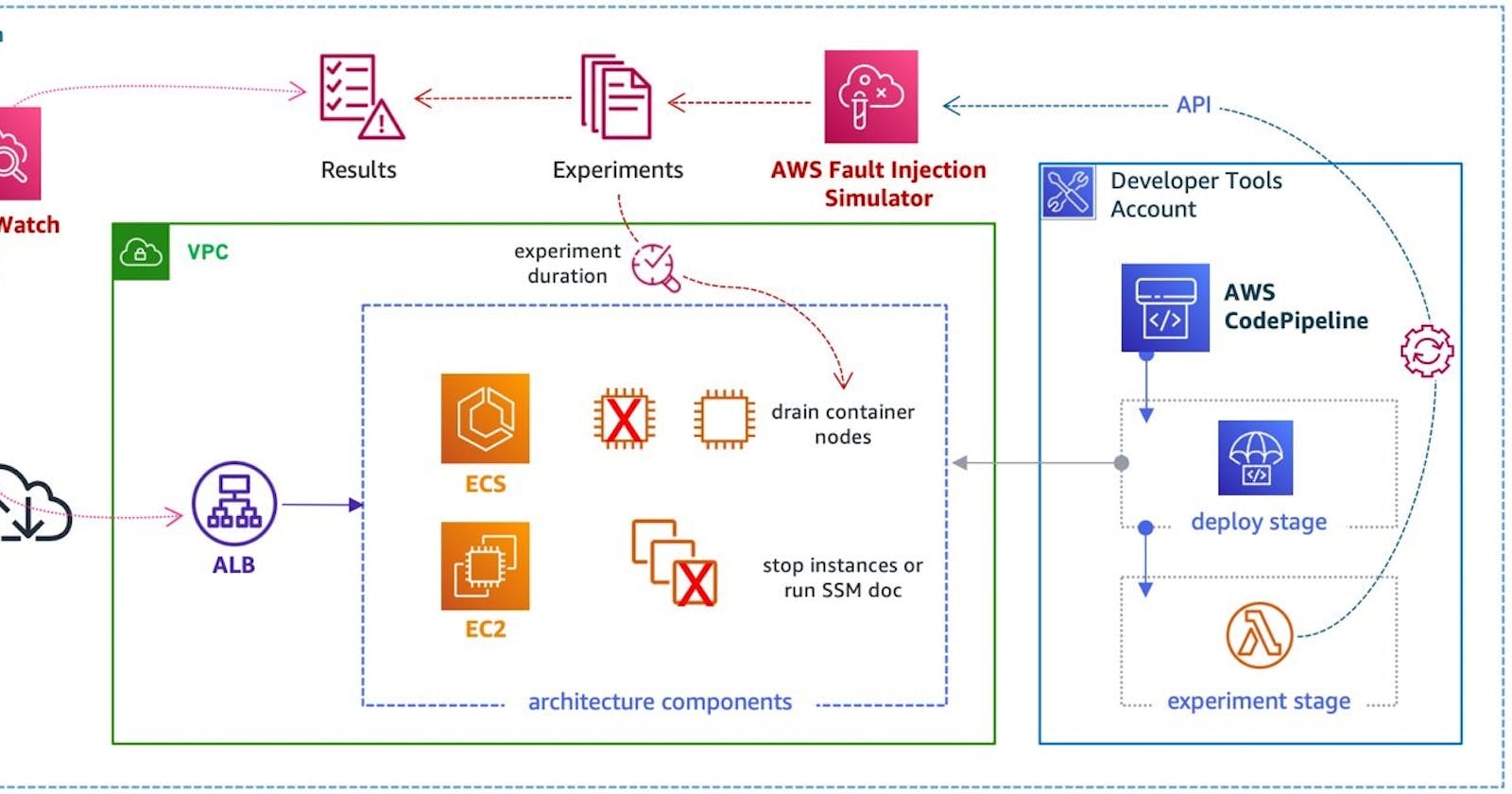Table of contents
No headings in the article.
Introduction:
In a rapidly evolving digital landscape, the cloud has become the cornerstone of innovation, and Amazon Web Services (AWS) stands at its forefront. This article serves as a comprehensive guide, unlocking the potential of software architecture on AWS. From scalability to security, we'll delve into the intricacies of designing robust and efficient applications in the cloud.
Section 1: Foundations of AWS Services and Architectural Patterns
1.1. Embarking on the AWS Odyssey:
AWS, a vast and intricate ecosystem, offers a myriad of services. Amazon Elastic Compute Cloud (EC2) provides virtual servers, Simple Storage Service (S3) caters to scalable object storage, Lambda facilitates serverless computing, and Amazon Relational Database Service (RDS) manages databases. Understanding these services lays the groundwork for crafting resilient architectures.
1.2. Architectural Alchemy:
Architectural patterns dictate how components of a system interact. A monolithic architecture consolidates functionalities into a single codebase, while microservices break them into modular, independent services. The serverless paradigm allows for event-driven, cost-efficient computing. Choosing the right pattern is a critical decision, aligning the architecture with the unique demands of your application.
Section 2: Designing for Scalability, Reliability, and Security
2.1. Scaling Horizons:
Scalability is at the heart of AWS. Auto Scaling dynamically adjusts resources to handle varying workloads, while Elastic Load Balancing distributes traffic seamlessly. DynamoDB, a NoSQL database, enables automatic scaling. Real-world scenarios showcase the adaptability of these tools, ensuring applications meet demand without compromise.
2.2. Building Fortresses:
AWS Availability Zones and Regions provide geographic redundancy, forming the backbone of fault-tolerant architectures. Best practices, such as data backup and failover strategies, fortify systems against disruptions. As we explore, resilience becomes a cornerstone of application design.
2.3. Security in the Cloud Age:
In the cloud, security is a shared responsibility. AWS Identity and Access Management (IAM) offers granular control over user access. Encryption, both at rest and in transit, safeguards sensitive data. Understanding the shared responsibility model is paramount to creating a secure cloud environment.
Section 3: Streamlining Deployment with AWS Tools
3.1. Infrastructure as Code (IaC) Symphony:
AWS CloudFormation, a declarative language, transforms infrastructure provisioning into code. This shift simplifies resource management, ensuring consistency and reproducibility. Embracing IaC accelerates deployment and mitigates risks associated with manual interventions.
3.2. Continuous Innovation with CI/CD:
Continuous Integration (CI) and Continuous Deployment (CD) redefine software release cycles. AWS CodePipeline orchestrates the flow, while CodeBuild compiles artifacts, and CodeDeploy automates deployments. Witnessing CI/CD in action highlights its transformative impact on development workflows.
Section 4: Optimizing Performance and Controlling Costs
4.1. Monitoring Marvels with CloudWatch:
Amazon CloudWatch provides real-time insights into system performance. Custom metrics and alarms enable proactive issue resolution. Navigating through CloudWatch's capabilities empowers architects to fine-tune and optimize their AWS resources.
4.2. Cost Consciousness in the Cloud:
Optimizing costs in the cloud involves strategic resource allocation. Reserved Instances offer pricing stability, while Spot Instances provide cost-effective, short-term capacity. AWS Cost Explorer demystifies billing data, enabling informed decisions in managing expenditure.
Section 5: Success Stories and Expert Insights
5.1. Trailblazing in the Cloud:
Explore success stories where businesses harnessed the power of AWS architecture. From startups to enterprises, witness the transformative impact of well-designed cloud solutions. Each case study unveils unique challenges and innovative approaches that led to triumph.
5.2. Pro Tips from AWS Architects:
Seasoned AWS architects share insights and best practices. From designing for future growth to navigating challenges, these pro tips provide a roadmap for architects looking to stay ahead in an ever-evolving cloud landscape.
Conclusion:
As we conclude our exploration into AWS software architecture, remember that the cloud journey is a continuous evolution. Apply the knowledge gained here, stay curious, and embrace AWS's ever-expanding features to ensure your applications not only adapt but thrive in the dynamic cloud environment.
References:
Delve deeper into AWS with these links to official documentation, case studies, and additional resources. The journey doesn't end here; this is an invitation to dive deeper into the wealth of knowledge AWS has to offer.
https://docs.aws.amazon.com/ec2/
https://docs.aws.amazon.com/lambda/
